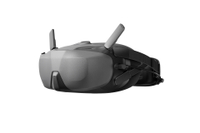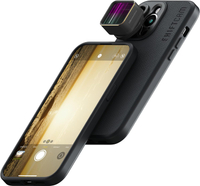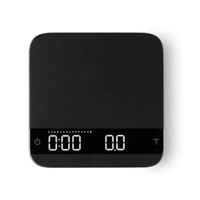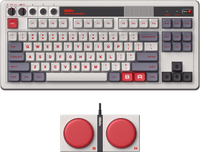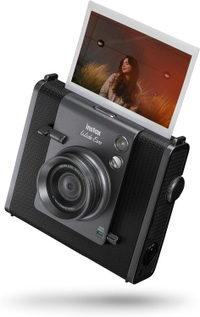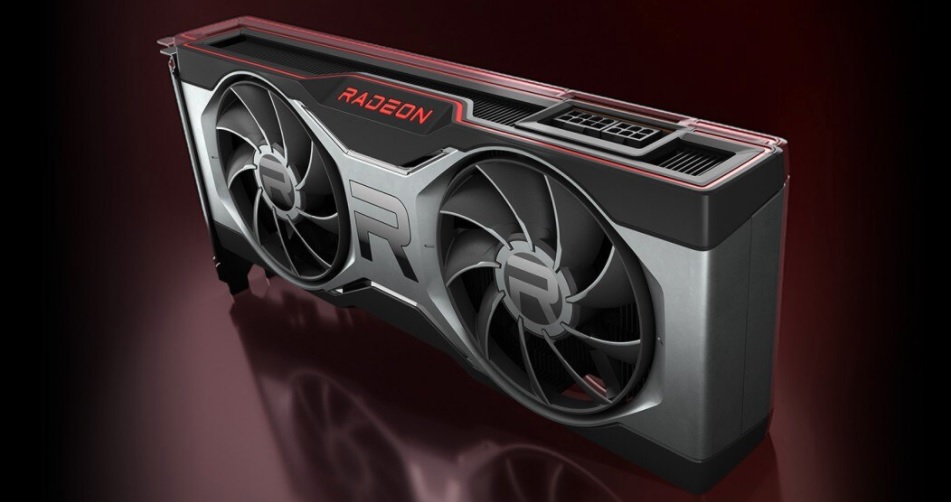What Tom's Guide tested this week: 5 best products to buy right now
The winners from a week of expert testing
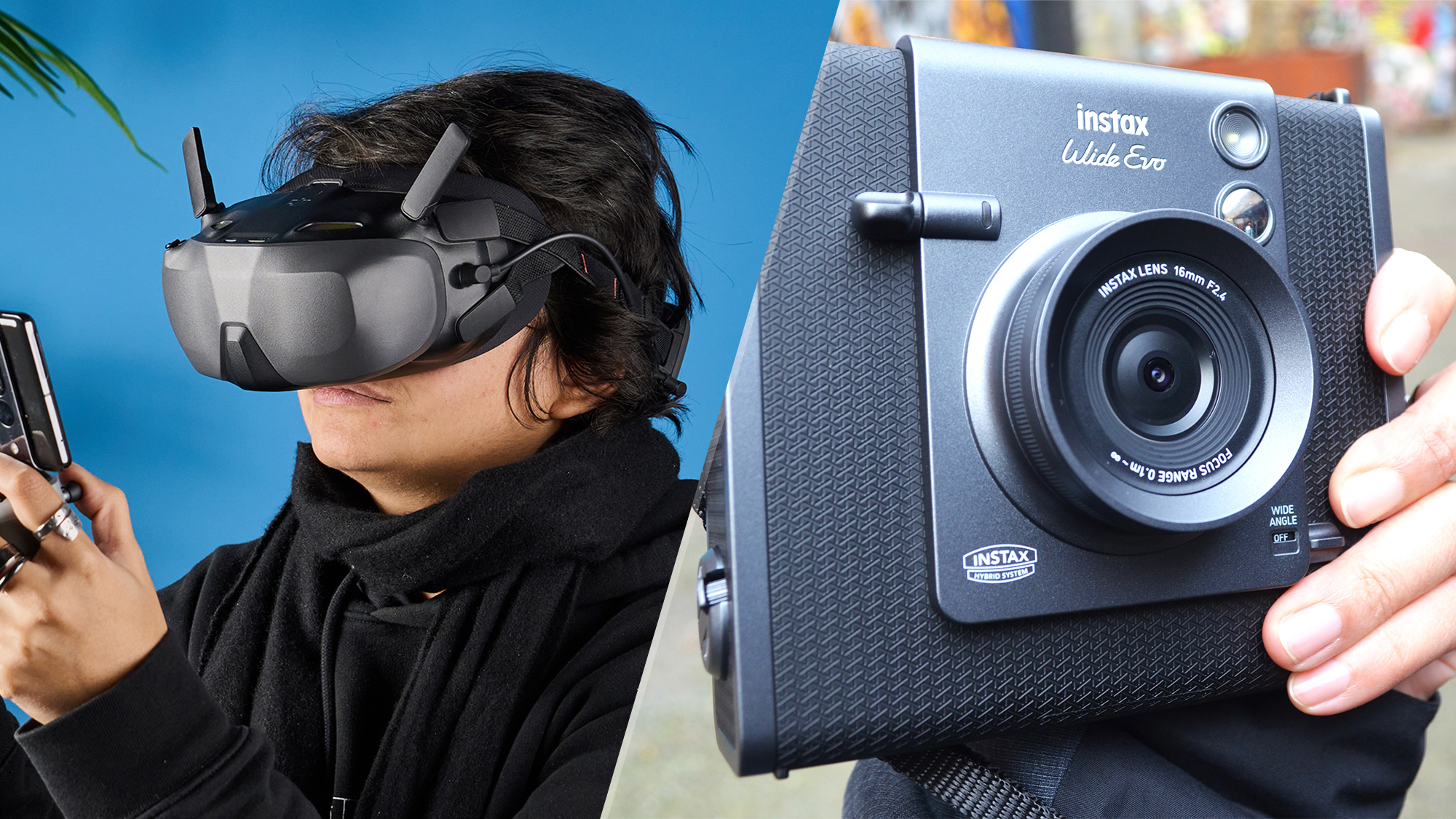
Hey there! Welcome to What Tom's Guide Tested. This is part of a regular column where our writers round up the winners and losers from that week's product reviews. All of these products have passed through the scrutinizing gaze of our expert reviewers, and have been judged. Some are worth buying, others maybe not...
Find out more about how we test and rate products
It's been a thoroughly pleasing week here on the Tom's Guide reviews team. Our expert testers literally haven't had a terrible product hit their desks, and that makes us very happy. While we love reviewing the good and the bad (that's our job, after all), there's always a look of excited glee on our faces when we get our hands on an awesome product — followed by the tester excitedly running around and showing everyone else in the office how cool their review product is.
I'm Pete, reviews editor here at Tom's Guide, and my team test and review products day in, day out, to tell you what's worth buying and what to avoid. This week, our writer Nikita got to experience flying from a drone's perspective using the DJI Goggles N3, which are easily one of the best drone accessories around. Ex-barista (and our resident coffee expert) Erin got to re-live her coffee shop days testing out a premium espresso scale. I, meanwhile, got a little giddy about a ShiftCam anamorphic iPhone lens, with its gorgeous lens flares.
Nikita also took a trip to London for Fujifilm's launch event of the brand new Instax Wide Evo and got hands-on with this beautiful new instant camera. We'll be reviewing it fully very soon, but first impressions are very promising.
If you've been weighing up buying any of these but have been waiting to take the plunge, our expert testers are here to help. Read on to see what we reviewed this week.
What Tom's Guide tested this week: Top reviews this week
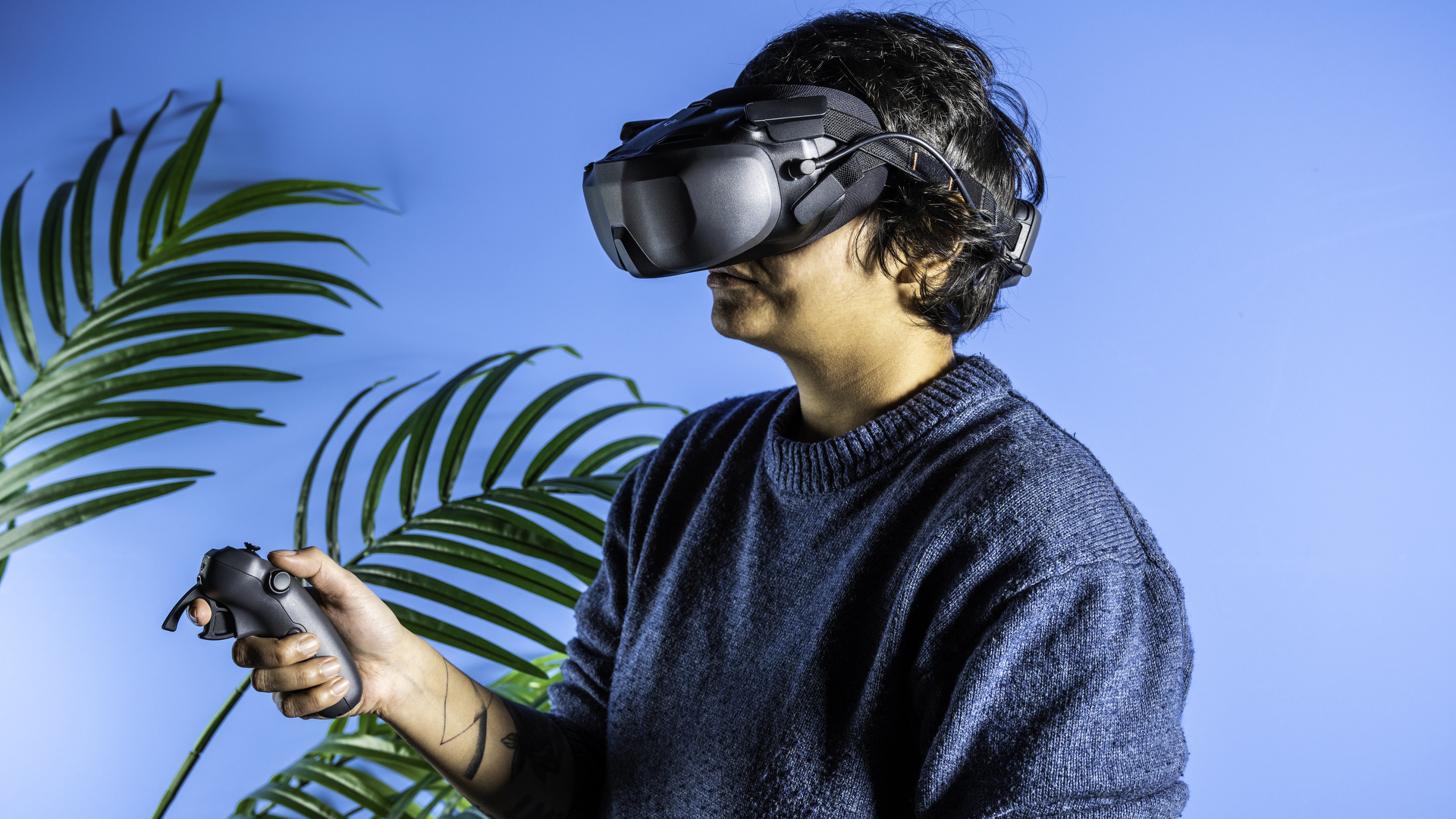
DJI Goggles N3 ★★★★½

What’s better than flying one of the best drones? Using an FPV headset to fly it. “But FPV headsets are expensive, Nikita,” I hear you say. Well, not the DJI Goggles N3. They’ve joined DJI’s lineup of headsets as the cheapest option, making immersive flying more accessible. And boy are they fantastic! You can use the Goggles N3 with either the DJI Neo or the DJI Avata 2, so I used them with the former, along with the DJI RC Motion 3 controller ($99).
The whole point of using an FPV headset is that it makes you feel like you’re in the cockpit (or onboard the drone) which means you’re able to gauge distances better, navigate tight spaces, and turn tight corners — and I’ve had so much fun using the Goggles N3 that I don’t think I can go back to flying my drones with the standard RC-2 or RC-N3 controllers. That’s because the RC Motion 3 makes the Neo effortless to fly as it’s super responsive, you can quickly pull up or brake if you’re in a sticky situation, and it’s very comfy to use too.
DJI Goggles N3: $229 @ Amazon
The DJI Goggles N3 are the company’s cheapest, most beginner-friendly FPV glasses. Built exceptionally well with fantastic weight distribution, this FPV headset is extremely comfortable to wear and boasts long battery life. Delivering a crisp live feed, pair it with one of two motion controllers to fly with more confidence and turn either your Neo or Avata 2 into the ultimate budget FPV machine.
Speaking of comfort, the Goggles N3 is an extremely comfortable headset thanks to the great weight distribution. I wear glasses all the time and I’ve felt no discomfort. The Goggles N3 deliver a crisp 1080P/60fps live feed thanks to the two T4R antennas, and the HUD shows lots of useful information, like the drone’s altitude and distance to the ground. The headset also comes with a handy defogging option, perfect for sudden temperature changes.
Of course, there are lots of great things I can say about the Goggles N3, that’s what my full review is there for — and it’s got lots of lovely footage for you to feast your eyes on.
By Nikita Achanta — Read Nikita’s full DJI Goggles N3 review
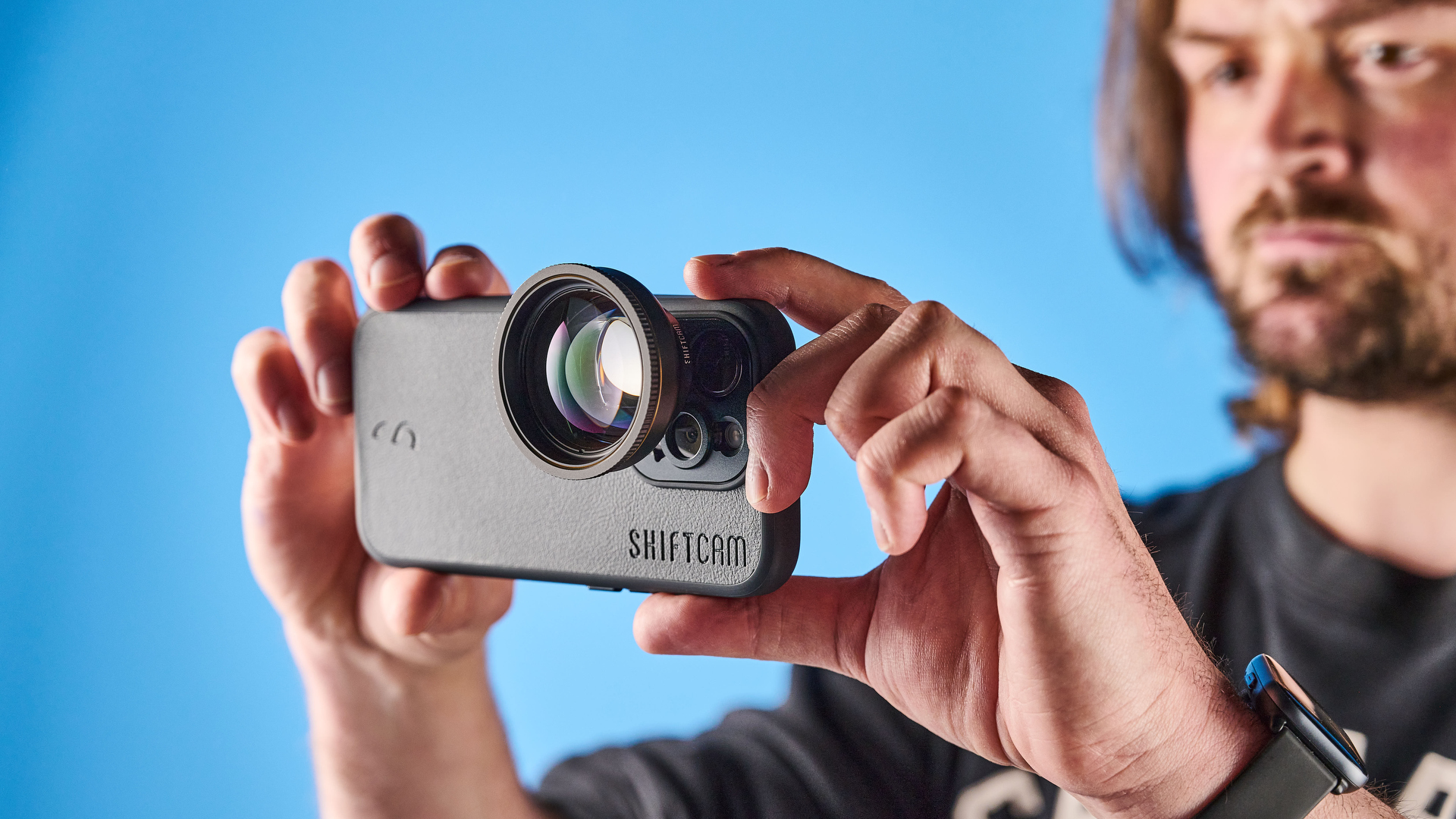
ShiftCam LensUltra smartphone lenses ★★★★

There's such a thing as lens character. What I mean by that is that lenses don't always have to be ultra sharp and clinical. Oftentimes that's exactly what you want, but sometimes you want imperfections or quirks — in short: character.
ShiftCam makes iPhone lenses, and they aren't the sharpest. In fairness, iPhone lenses usually aren't very sharp: you're sticking extra glass in front of your phone's lens, which has already undergone a lot of development to maximise image quality given the size constraints affecting smartphone camera technology. That said, some iPhone lenses, like the Sandmarc 58mm iPhone lens, can sharpen your smartphone images noticeably. ShiftCam's lenses don't, but I don't think that matters.
What the best iPhone lenses are often good for is doing things your smartphone's camera can't. The ShiftCam 60mm telephoto, for example, isn't very sharp, but produces a lovely atmospheric feel thanks to sharp focus drop off, tight background blur and attractive bokeh, making it ideal for portraiture. Your iPhone's camera achieves blur artificially in portrait mode, by blurring the background with software. It just isn't the same.
ShiftCam smartphone lenses: from $129 @ Amazon
ShiftCam lenses aren't the sharpest, but they give your smartphone photos a look and feel that the built-in cameras can't quite match. We loved the 60mm telephoto and 1.55x anamorphic lenses.
ShiftCam's 1.55x anamorphic lens, just like Moment's T-Series anamorphic lens, does a lot more than your phone can. Anamorphic lenses allow you to achieve cinematic letterbox widescreen by shooting 'squeezed' footage (which you then de-squeeze in post production). They also produce beautiful lens flares and optical effects reminiscent of classic cinema. If you're shooting video on your iPhone, ShiftCam's 1.55x anamorphic is a wonderful choice, and I thoroughly enjoyed using it in testing.
ShiftCam's lenses aren't perfect. I wasn't blown away by the 75mm macro lens I tested, and there's no smartphone app for precise control and (perhaps most importantly) de-squeezing anamorphic footage in-phone. Rather humiliatingly for ShiftCam, I had to use Moment's fantastic smartphone app when testing ShiftCam's lenses. Still, I had an absolute blast with ShiftCam's lenses, and would recommend them to anyone wanting to inject some extra creativity into their smartphone photography.
By Pete Wolinski — read Pete's full ShiftCam LensUltra iPhone lenses review
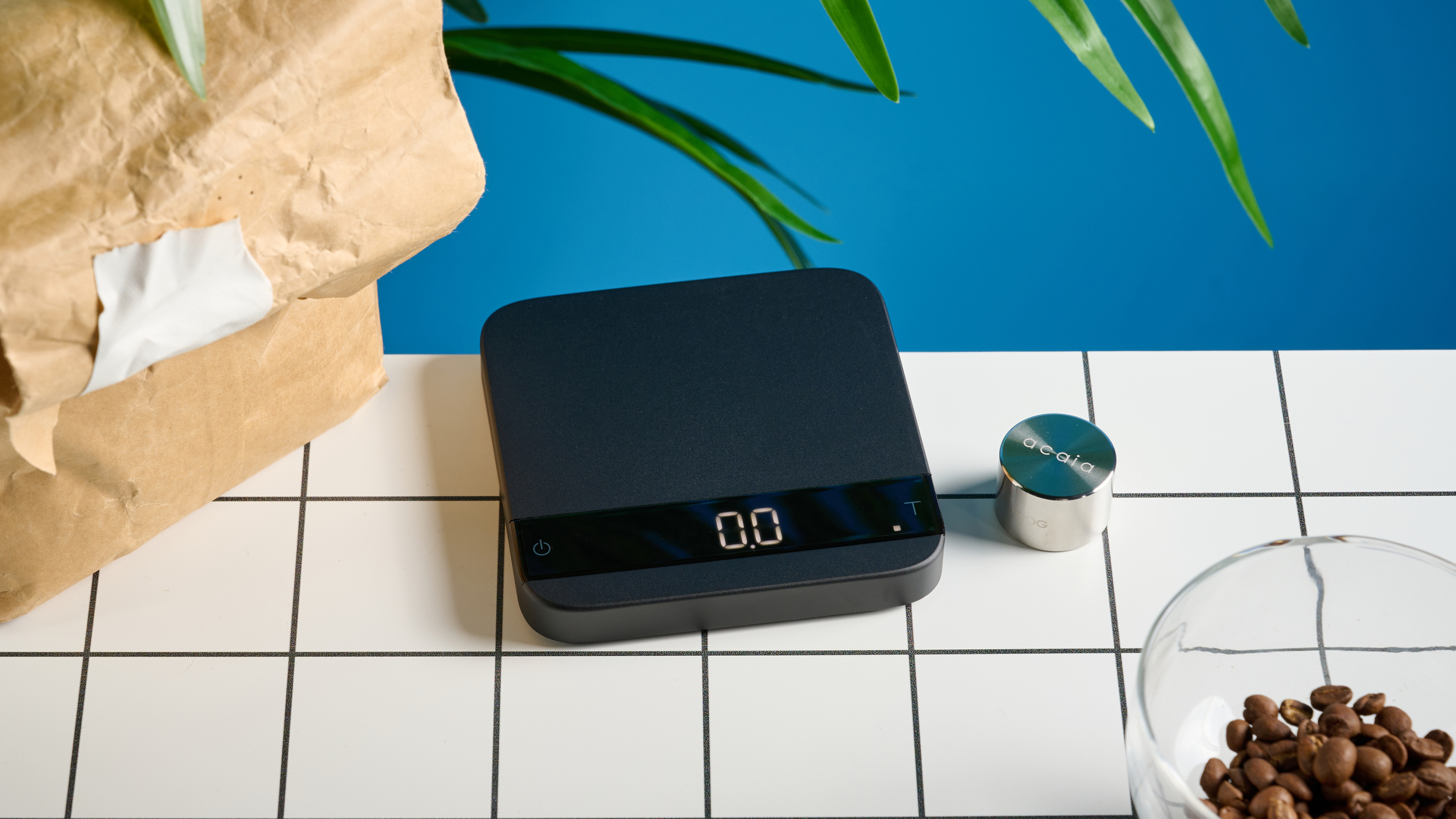
Acaia Lunar coffee scale ★★★½

This is one for the serious coffee lovers. I love espresso, so testing the Acaia Lunar scale was a must. The Acaia Lunar is truly the best of the best espresso scale. It’s got everything: super precise accuracy, gorgeous aesthetics, a live flow-rate monitor, and a library of coffee-lover apps directly compatible with the Lunar’s Bluetooth 5.0. If it’s so good, though, why is it not a 5* review? Why just 3.5*? And here’s the bad news: this coffee scale is $250, and while it’s a decent scale, there’s no reason for it to cost that much. But, seriously, it’s good — and our 3.5* score reflects that (this score is defined as ‘very good’ on our rating scale).
Perhaps you’re not paying for the scale itself but instead access to Acaia’s library of coffee-lover apps. The Lunar is compatible with the Brewmaster app, which live-tracks your espresso flow-rate and generates a graph during each brew. Then you can track tasting notes, grind, temperature, and more. I can’t lie, noting my espresso flavors made me feel like I was far more sophisticated than I am.
Acaia Lunar coffee scale: $250 @ Acaia
There’s nothing like the Acaia Lunar. Not only does this scale have the ultimate precision required for coffee alchemy, it also comes loaded with Bluetooth and a range of coffee-tracking apps. You can record each brew directly into the Brewmaster app, which generates a flow-rate graph. What’s more is you can review each espresso after brewing and record its tasting notes. This is a serious scale for serious espresso lovers.
Unlike the Acaia Pearl S, the Lunar is water-resistant, so it will survive a myriad of spills and run-ins with steam. Although it’s intended for commercial coffee shops, I’d say home baristas would be able to get the most out of the scale. Professional baristas may not have time to live track their espresso extraction and compose evaluations of each drink. Home baristas, however, most certainly can.
For those who can part with $250 easily and are espresso addicts, the Acaia Lunar is a no-brainer.
By Erin Bashford — check out Erin’s full Acaia Lunar coffee scale review
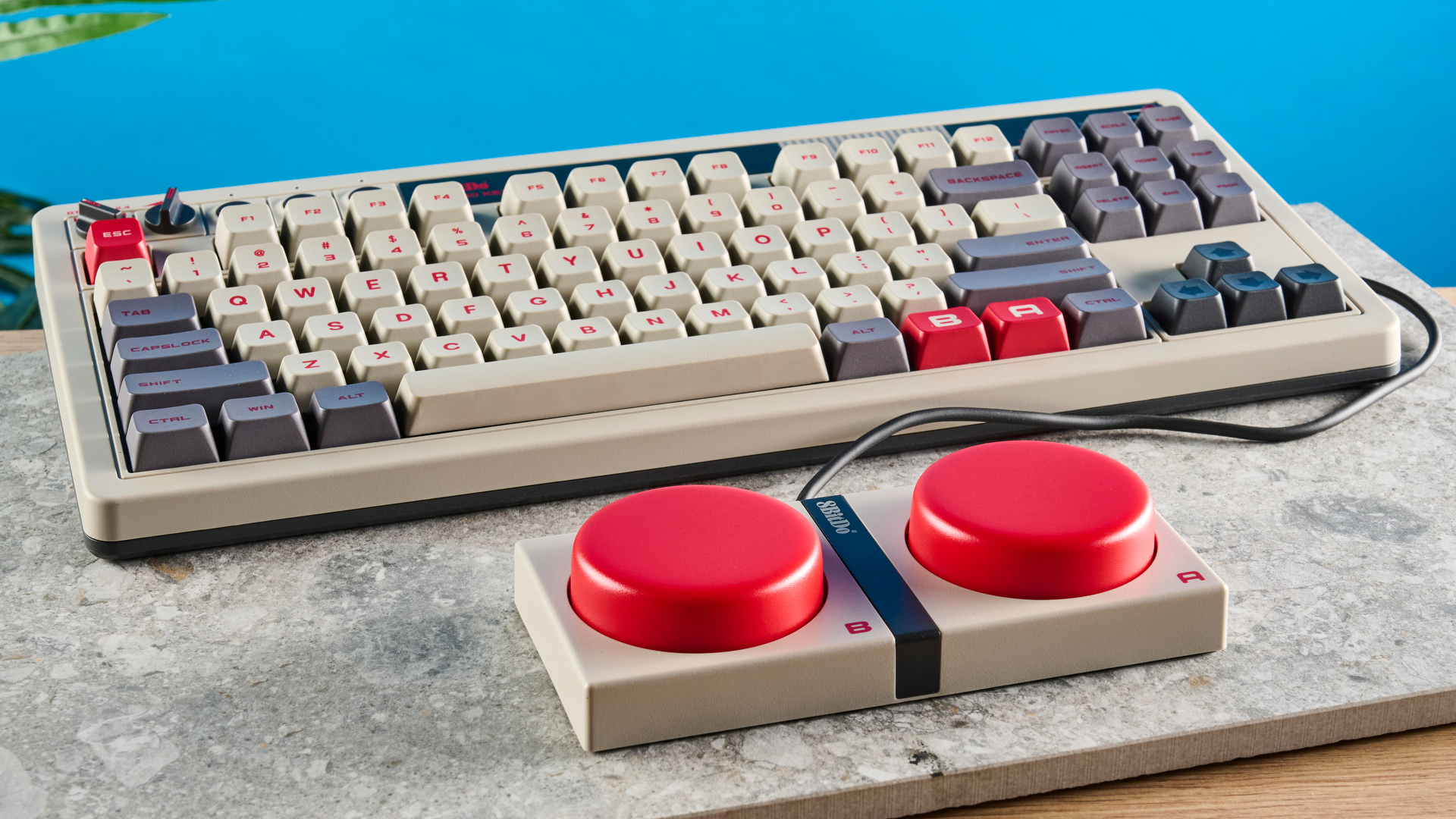
8BitDo Retro Mechanical Keyboard ★★★★½

It’s certainly been a great week for reviews as here’s another entry that earned 4.5 stars and the coveted Editor’s Choice award from me — and it’s a mechanical keyboard this time. The 8BitDo Retro Mechanical Keyboard is the best looking keyboard I’ve reviewed yet, sporting a design inspired by Nintendo. I can’t think of a keyboard that types better than the 8BitDo Retro, as I achieved 102 words per minute with it. That’s thanks to the smooth Kailh Box V2 White clicky switches — but the ‘board is hot-swappable in case you fancy quieter ones because these are loud. So loud that your coworkers will probably complain about the noise. But they sound fantastic, akin to the sound made by IBM keyboards of ye olde.
8BitDo Retro Mechanical Keyboard: $99 @ Amazon
The 8BitDo Retro Mechanical Keyboard is one of the most visually striking keyboards I’ve ever tested, sporting a retro design inspired by Nintendo's original NES. It’s built really well, and it comes with Dual Super Buttons to help increase your productivity. This keyboard is a dream to type on, too, and its companion software makes customization easy.
While the 8BitDo Retro’s design is eye-catching, it’s practical too. You get fun toggles to switch between connection modes and adjust volume, and a handy compartment on the back to slot the 2.4GHz dongle into. You also get a pair of Dual Super Buttons which I’ve never seen on any other keyboard, and they can help increase productivity. Basically, you can assign macros to them on the fly, so I assigned Paste Special and it worked really well. You may find other uses for them so I encourage experimenting.
I think it’ll be a while until a new keyboard comes along and dethrones this one. But for now, I’ve bagsied it for my home office — those Kailh switches are just too darn good.
By Nikita Achanta — Read Nikita’s full 8BitDo Retro Mechanical Keyboard review
What Tom's Guide tested this week: First looks
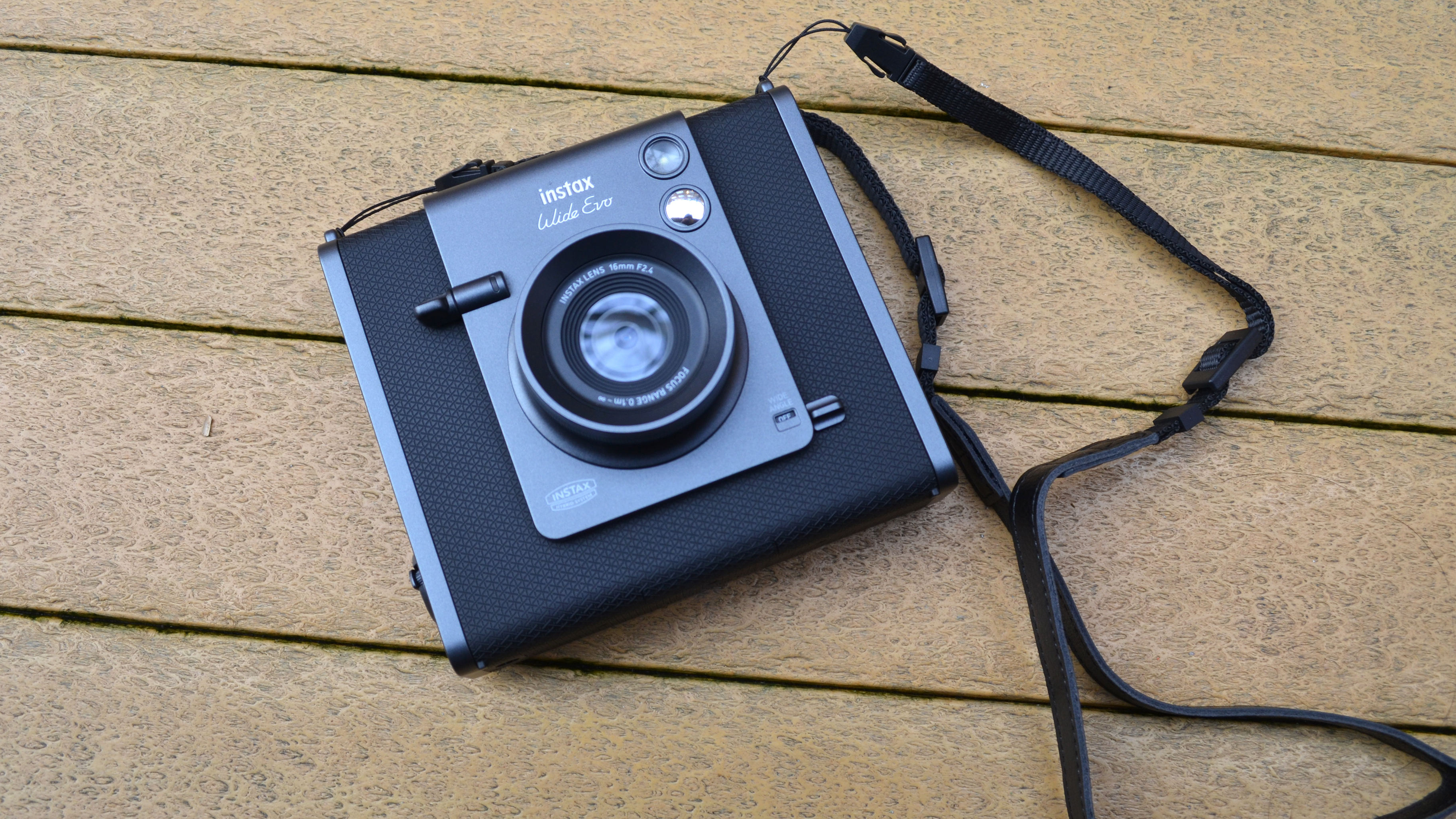
Instax Wide Evo (Not yet rated)

If you’re familiar with my coverage of the best instant cameras, you’ll know that the Fujifilm Instax mini Evo ($199) is my favorite. I’ve used it to document a vacation and it’s one camera I can’t go anywhere without, so imagine my excitement when Fujifilm added a new product to its hybrid lineup. This week, the Instax Wide Evo was announced and I got to spend a couple of hours with it at the launch event in London.
I haven’t done an in-depth review yet but first impressions? Solid. The Instax Wide Evo is one of Fujifilm’s two wide format instant cameras (alongside the $149 Instax Wide 400) and it is the best looking instant camera I’ve seen so far. The black and gray colorway and faux-leather-like pattern wrapped around its body give it a premium edge, and it’s fantastic to hold. It retains a lot of the Instax mini Evo’s features, like the 45-shot internal storage, microSD card slot, 100-shot battery life, 10 lens filters and 10 effects (100 combos), etc. But it adds six film styles into the mix, and a new Wide Angle mode.
Fujifilm Instax Wide Evo: $349 @ Amazon (Pre-order)
The Instax Wide Evo is Fujifilm’s widest-lens instant camera yet, and it comes with 10 lens effects, 10 filters, six film styles, a new shutter button and print crank, and an integrated Wide Angle mode. It looks gorgeous, handles very well and is built exceptionally well too. It’s currently available to pre-order from Amazon U.S. and Amazon U.K. — but can you stomach the price?
The Instax Wide Evo features the widest lens on any Instax camera yet — 16mm in its Wide Angle mode. There’s a switch on the front which you can toggle to capture more of the scene, and it works brilliantly. But perhaps my favorite feature is the new print crank which replaces the lever on the smaller sibling. It's similar to the lever you find on film cameras to load and unload film — and it’s so much fun.
All of this comes at a steep price though. The Instax Wide Evo will be available to buy (but you can pre-order now) from 4 February at a retail price $349 / £319. That’s a lot of money! I won’t know whether it’s worth it until I’ve done a full review, but if it's as strong a performer as our time with it suggests, it could well be. Keep your eyes peeled.
The Fujifilm Instax Wide Evo is currently available to pre-order.
By Nikita Achanta — Read Nikita’s full Fujifilm Instax Wide Evo hands-on review
More from Tom's Guide
Sign up to get the BEST of Tom's Guide direct to your inbox.
Get instant access to breaking news, the hottest reviews, great deals and helpful tips.

Peter is a Senior Editor at Tom's Guide, heading up the site's Reviews team and Cameras section. As a writer, he covers topics including tech, photography, gaming, hardware, motoring and food & drink. Outside of work, he's an avid photographer, specialising in architectural and portrait photography. When he's not snapping away on his beloved Fujifilm camera, he can usually be found telling everyone about his greyhounds, riding his motorcycle, squeezing as many FPS as possible out of PC games, and perfecting his espresso shots.
- Erin BashfordStaff Writer, Reviews
- Nikita AchantaStaff Writer, Reviews
